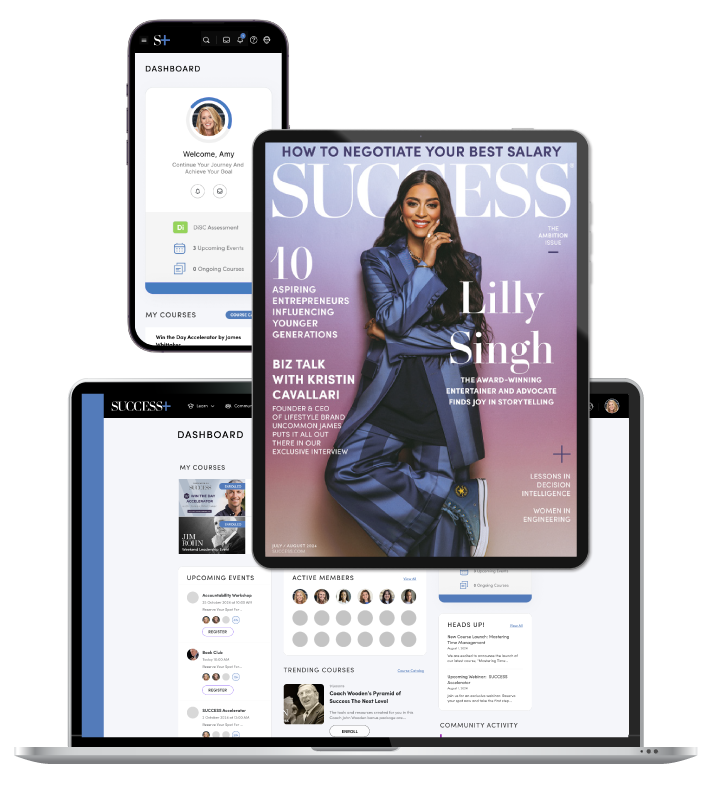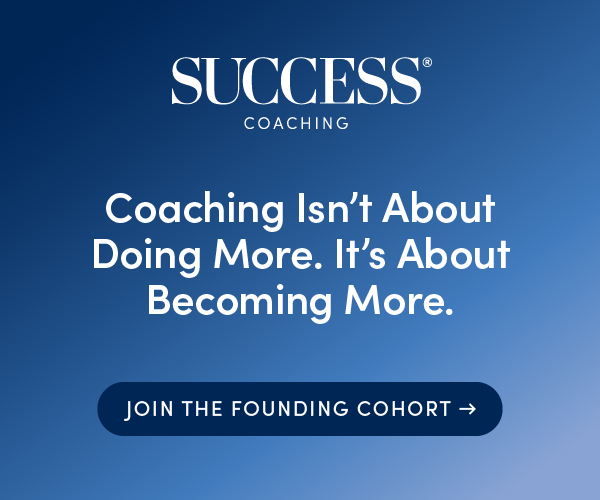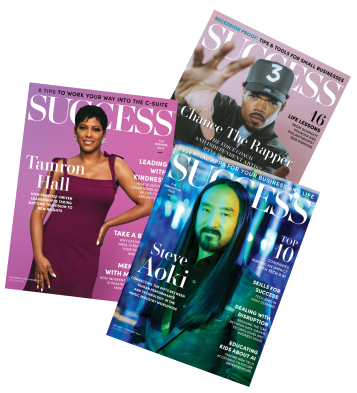My husband’s layoff from a startup company came nine weeks after we had our third child. Since I’d relinquished my part-time work at the end of my pregnancy, he was our sole financial provider. His company offered him a one-month severance, so we hoped he might secure a new job quickly.
However, when he received an offer within the month, my husband opted to keep looking because the work didn’t align with his skill set or values. Since he landed one offer so quickly, we gambled that he would secure a second offer soon.
Instead, he spent six more months job hunting. He consistently made it through successive rounds of rigorous interview processes only to receive an email informing him they had gone with another candidate.
In the end, he found an excellent job with a supportive team, but during those seven months of unemployment, we often wondered what the future held. Reflecting on that time, I believe we took steps that helped him stand out in a competitive job market, but there are also several things we would do differently.
Here are seven tips we would use to navigate unemployment.
Update your online presence and resume
My husband created a strong online presence and he polished his resume. Often, interviewers told him they had sifted through more than 500 resumes and that his was one of a handful to land an interview.
How do you build an online presence and an effective resume to help you stand out in a competitive job market?
Brand yourself on LinkedIn
LinkedIn, described as the world’s largest professional business social networking site, is an essential tool in today’s digital world. If your LinkedIn profile isn’t updated, it can reflect poorly on you as a professional, shares Danielle Hughes, a personal branding expert.
Her first word of advice: Take a professional headshot. It doesn’t have to be fancy, but you should “dress appropriately, smile and have a clean background where your head and shoulders take up most of the circle,” Hughes says. She also recommends setting your LinkedIn banner to a personal background—one that is branded with what you do, or a meaningful image to spark conversation.
Next, LinkedIn allows 220 characters for your title–use them. Hughes says adding industry keywords, your expertise and a hobby (to personalize yourself) are all important features of a good LinkedIn title. The “About” section is the place to sell your career narrative—make sure it’s specific to you, says Hughes. Highlight your accomplishments in a way that helps the algorithm find you. The more you share who you are, the more likely you’ll land the right role that aligns with your values and skill set.
Lorraine K. Lee, instructor for LinkedIn Learning and the author of Unforgettable Presence: Get Seen, Gain Influence, and Catapult Your Career, recommends detailing accomplishments. Rather than writing, “I led a team of 10 engineers,” she suggests: “I led a team of 10 engineers that reduced product launch time by 30%, driving a $5M revenue increase.”
Lee encourages staying active on LinkedIn by posting and commenting on posts, as this accomplishes a few things: “[It] shows your expertise and thought leadership; helps you form new connections and [it] keeps you top of mind with your network for when that ideal role opens up.”
And don’t be afraid to use the “Open to Work” feature on LinkedIn and to share a post with your network that informs them you’ve been laid off. “There’s no shame in this and it could lead to interviews since people want to help,“ Hughes says. “Be gracious to your former employer, mention some things you proudly accomplished there and then share what you’re looking for next.”
Make your resume shine
Most recruiters spend no more than seven seconds reviewing your resume, so it’s important to describe your skills and accomplishments in a digestible, easy-to-read format, advises Sam Wright, head of partnerships at Huntr, an AI resume builder and job search platform. Your summary section needs to stand out, starting with your career highlights, Wright says. AI is good for helping bullet point your achievements, but fine-tune it to fit your voice, since many companies have installed trackers to weed out AI-generated resumes, Wright cautions.
If you create your resume in Word or Google Docs, your margins will likely be off. So, it’s a good idea to use a resume builder—there are many free tools online.
Polish your interview skills
Before an interview, research the organization to ensure your values align with theirs and pay attention to the job description to see how your skills align, says Kate Bishop, a confidence and career transformation coach.
When preparing for an interview, she proposes the S-T-A-R method to answer questions in a clear manner that highlights your relevant skills and experiences. The acronym stands for “Situation, Task, Action and Result,” but Bishop adds an “I” for the long-term “Impact” your work had in each scenario you present. It’s acceptable to bring notecards into an interview and reference them as needed, but avoid reading directly from them during the entire interview, Bishop says.
And experts emphasize role playing, too. Ask a friend, partner or mentor to rehearse with you. My husband and I did this before his interviews so that he could polish his answers.
On the day of the interview, focus on releasing tension. Include breath work, walking or meditation. Bishop advises, if you make a mistake in the interview, make a joke of it. The person interviewing you is human too and they understand you’re nervous, she adds. The best thing you can do in an interview?
Smile.
Remember, “you are interviewing them as much as they are interviewing you,” Bishop says.
Assess your financial situation
Apply for government assistance if you’re eligible
When my husband was laid off, I immediately started an application for government assistance, but the process involved detailed paperwork and long waits in the call center queue. We put the application on hold as he job hunted through the summer months.
At the two month mark, with his applications pending and a dwindling bank account, my husband and I finally finished the application. The unemployment assistance helped us to stay afloat financially, and I wish we’d completed the process sooner.
Create a budget
We updated our budget in the Every Dollar app to reflect only our necessary expenses and cancelled our subscriptions and memberships to various services. Thanks to our low overhead expenses, it amazed us how little we could survive on when we cut out frivolous spending.
Communicate with creditors
What happens when your savings won’t last long during an unemployment? Or when you’re up to your neck in credit card debt? CPA and fractional CFO Ariel LaFond says to prioritize your essential bills first and your high-interest debt. If you can’t pay your bills, communicate with creditors for payment plan options or deferrals. And keep your credit card spending to a minimum—try not to max them out.
Roll over your 401(k)
Cashing out your 401(k) during an unemployment season is tempting, but LaFond advises against early withdrawals before age 59½ because you’ll usually face a 10% penalty. Instead, she advises looking into an IRA rollover.
If you desperately need money, “Determine if a short-term personal loan is more cost efficient than taking money from retirement. Give yourself some time to think things through, and don’t rush into decisions. Talking to a financial adviser can help you stay on track. It’s also good to check in on your goals regularly to remind yourself of the bigger picture,” LaFond says.
Network, network, network
My husband leveraged his connections. He reached out to friends in industries that interested him and asked if they would keep him in mind. He also attended networking luncheons. Based on his efforts, we estimate that at least a third of his interviews came from those connections.
Besides family and friends, think about past and present professional relationships. Don’t be afraid to set up coffee days or virtual chats, says Bishop.
Networking doesn’t have to be confined to your own circle either. Data from Pathrise, a career accelerator, indicates an introductory email sent to a potential employer can triple your odds of hearing back.
Identify new opportunities or possible career changes
Unemployment afforded my husband and I a chance to strategize potential career changes that might better fit our family values (eating dinner together, having weekends off and flexible PTO) and then revised our resumes for each of those possible new paths. We invested time to assess our skills and strengths to determine which of them were transferable to a new career path.
Wright also says it’s a good idea to tailor your LinkedIn profile to the career you want to transition into. For example, if you want a content marketing role, then your profile should reflect that.
Don’t live in the “open-to-anything” gray zone, Wright warns.
Develop new skills
We vowed to build multiple income streams, starting with my husband’s hobby to establish a more lucrative side business. Using my writing background, I built him an SEO-friendly website, asked his old clients for Google reviews and re-announced his brand to friends and family.
You don’t have to go back to school for years to develop new skills. Career strategist DaVonda St. Clair encourages upskilling to advance in a field or adapt to trends. Many free online courses exist from platforms such as Coursera, Google Career Certificates and LinkedIn Learning. Some courses can be completed in a few weeks. (Don’t forget to add these certifications to your LinkedIn profile.) And learn job relevant AI tools, St. Clair says, such as ChatGPT, Google Bard or Notion AI, because companies want to hire candidates who can use AI in their roles.
Maintain a positive mindset
I found a positive mindset easier to hold in the first few months of my husband’s unemployment. By months six and seven, with the holidays in full swing, it became increasingly difficult to maintain a hopeful outlook.
Some data suggests that it will take the average job seeker 294 applications to land a job, or around eight months.
Surrounding ourselves with supportive, empathetic people helped us cope. My husband also relied on the mentorship of his career coach and the camaraderie of a fellow unemployed friend.
Another beneficial tip to maintaining a positive outlook is to find an activity that grounds and anchors you, says Lynn Berger, a career counselor coach and mental health counselor. That could include cooking, exercising, artistic endeavors, meditating or reading. She counsels looking at this as an opportunity to expand yourself.
Set actionable goals too, such as applying to at least one job per day or networking with someone new each week.
“Think of your job as applying for jobs, growing and learning new skills,” says psychotherapist Ciara Bogdanovic. “Play with rejection in a way that can reduce its heaviness and intimidation factor.” She also recommends treating yourself to ice cream after a job interview that goes south, “Laugh and marvel at the experience. Listen to dramatic music and dance after receiving a difficult email.”
Unemployment is often unpredictable and overwhelming, but hopefully these tips help you emerge from this period with greater resilience.
Photo by Prostock-Studio/iStock.










